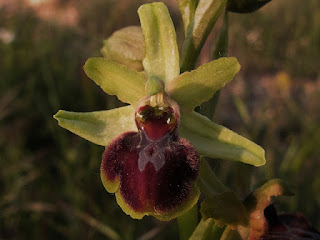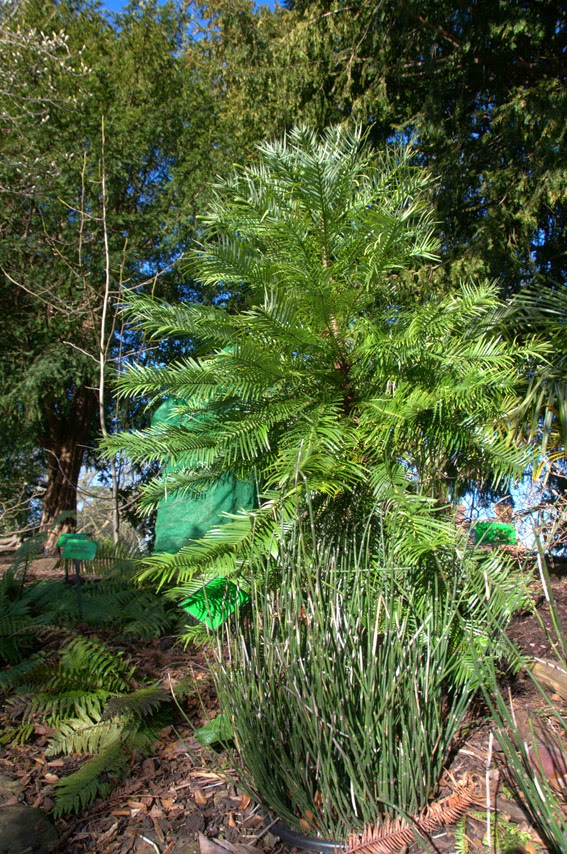By Nicola Temple
This past weekend, my family and I met with friends in the village of Shipham, in Somerset, for a walk. It was torrential rain, yet we were determined. We dressed ourselves and three children under the age of 10 in waterproofs and set out. We arrived at a local country pub, not more than 3 km away, resembling drowned rats. And as a Canadian living here in the UK, I still marvel at the fact that nobody took one bit of notice at the state of us. It’s what you do. You get wet. You find a pub. You hunker down for a hot Sunday lunch. And you hope it tapers off before you have to head out again. (It didn’t.)
Pollinators, at least of the flying insect variety, aren’t terribly keen on this kind of weather either. Most hunker down for the winter months as there is generally not a lot of nectar to forage this time of year anyway. How they do this depends on the species. Honeybees reduce the colony to a minimal size and rely on their honey stores to see them through, while they dance in order to regulate the temperature of the hive. Most bumblebee colonies die out completely and the queens that mated at the end of the season find a place to hibernate. Solitary bees may hibernate as adults or as larvae, emerging only when the weather conditions are suitable. To each their own.
 |
Martin Cooper spotted this buff-tailed bumblebee queen
foraging on his Mahonia flowers in Ipswich on a sunny
January day in 2015.
Photo credit: Martin Cooper [via Flickr CC] |
However, there is one flying pollinator that can be spotted this time of year here in Bristol, and indeed, other warmer regions of the UK. It is the common buff-tailed bumblebee (Bombus terrestris). This species was first spotted during the winter of 1990, in Exeter. Sightings have been increasing ever since and include nest-founding queens, workers and males, suggesting this is a winter generation of the species.
The mated queen will emerge from her subterranean dormant state (diapause) during warm winter weather and set about establishing a new colony. The potential cost of waking up early is that the warm weather could be short-lived and temperatures could plummet. The benefit, of course, is that there’s nobody to compete with for food. If successful, the queen can establish a colony before the other pollinators even wake up from their winter nap.
Introduced plants provide winter forage
Of course, there is potentially another cost to emerging early – there could be nothing to eat. Bees are able to forage at temperatures around 0oC, but if there aren’t enough plants in flower, they won’t find the pollen and nectar needed to sustain the colony. Few native UK species flower in winter, but species introduced by avid gardeners to bring some winter colour to the garden, also bring some much-needed food to the buff-tailed bumblebee.
Researchers at Queen Mary University of London and The London Natural History Society, conducted a study of buff-tailed bumblebees foraging in London parks and gardens during winter about ten years ago. They wanted to see just how much food the bees were finding as food is directly related to the success of the colony.
The researchers found that there was plenty of forage to sustain the colonies and, in fact, the foraging rates they recorded near the end of winter were equivalent to peak foraging rates found in the height of summer. This doesn’t mean that the winter-flowering plants, such as the evergreen shrubs of the Mahonia spp., are providing more pollen and nectar than all the plants in the height of summer. But it does mean that each flower might have more pollen and nectar available because there aren’t other pollinators out and about also using the resource. The bumblebees, therefore, don’t need to go as far to find an equivalent amount of food and so they can collect it at a faster rate.
Strategies for tolerating cold
Buff-tailed bumblebees aren’t as tolerant to cold as some other bee species; workers will freeze solid at about -7.1oC while queens freeze at -7.4oC. The bumblebees can obviously find warmth in the colony, but they need to forage and therefore be able to tolerate short spells of cold during the winter months. They may even need to tolerate cold temperatures for up to 24 hours as bumblebees often overnight away from the colony when they are unable to return from foraging.
Researchers from the University of Birmingham looked at the different cold tolerances of this bumblebee species a few years ago. They found that 50% of workers died after being exposed to 0oC for 7.2 days while queens could last over 25 days at this temperature – likely due to their fat reserves. However, as the forage study showed, the bees seem capable of finding food sources closer to the colony during winter months, which may reduce the likelihood of them having to endure cold temperatures for a lethal period of time.
These bumblebees may also have adopted some strategies to help reduce their possibilities of freezing. Pollen is an ice-nucleating agent in that it promotes the development of ice at higher temperatures. Other insects have been observed to expel any ice-nucleating agents from their gut when they experience low temperatures to avoid freezing. While this wasn’t observed in the bumblebees, it is a strategy that individuals might employ when caught out in the cold.
The more frequent observation of buff-tailed bumblebees in winter is thought to be a result of warmer autumn temperatures brought about by climate change. In a study from 1969, researchers reported a 6-9 month dormancy of all bumblebees in southern UK, so in a relatively short period of time there has been a considerable change in their seasonal pattern. There seems to be some flexibility in these patterns among bumblebees and for now, establishing winter colonies seems to be working for the buff-tails. However, with so many of our pollinators under threat, there is obviously also concern among the scientific community that more frequent extreme weather events could also spell disaster for these colonies that have selected to brave the winter months. As gardeners, we can perhaps do our bit by planting some winter forage species.
This year, the University of Bristol Botanic Garden will embrace a pollinator theme, with the aim of highlighting some of the lesser-known pollinators that are so important here in the UK. We love our pollinators, but research is still revealing so much about their unique and complex relationships with plants. So watch this space as we share some of these wonderful stories through our blog. We will also be posting pictures of pollinators we see in the Botanic Garden on our Twitter feed and Facebook page. But to see these pollinators in action, take some time to visit the Botanic Garden. Make space in your busy schedule to watch nature at its best – it’s worth it.
Sources:
Alford DV (1969) A study of the hibernation of bumblebees (Hymenoptera: Bombidae) in Southern England. Journal of
Animal Ecology 38: 149-170.
Owen EL, Bale JS, Hayward SAL (2013) Can winter-active bumblebees survive the cold? Assessing the cold tolerance of
Bombus terrestris audax and the effects of pollen feeding. PLoS ONE 8(11): e80061.
doi:10.1371/journal.pone.0080061
Stelzer RJ, Chitka L, Carlton M, Ings TC (2010) Winter active bumblebees (Bombus terrestris) achieve high foraging
rates in urban Britain. PLoS ONE 5(3): e9559. doi: 10.1371/journal.pone.0009559







